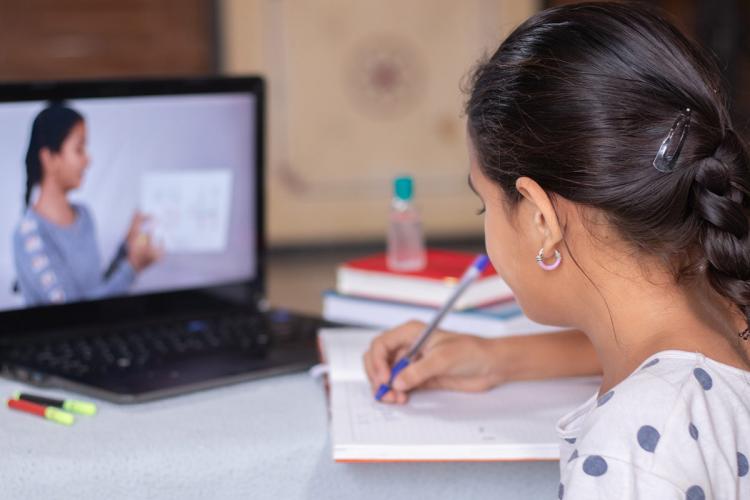Online learning was an adjustment for everyone, but now, parents say they’d like to keep it as a learning choice moving forward
The pandemic has changed the way parents look at their children’s education, and most want more choices–including an online learning option–going forward.
According to a survey conducted by Stride, Inc., parents believe schools should now be equipped to quickly and effectively move online if necessary, and that students should have a variety of learning options available to them.
“There’s no question that the pandemic turned the public education system completely on its head. The events of the past year forced parents and schools across the country to recognize that the future of education is digital – a trend we saw coming two decades ago,” said James Rhyu, CEO at Stride. “As with any large scale digital innovation, there’s little wonder why parents don’t want to go back to the way things were.”
When schools across the country were forced to shift online in the spring of 2020, technical challenges and a steep learning curve impacted educational continuity for millions of students. Despite the best efforts of school districts nationwide, results from the national survey show that parents felt let down by brick and mortar schools. And even though no one could have predicted a global pandemic, parents want better in the future.
- A majority (64 percent) of parents agree that U.S. public schools have demonstrated that they are ill-prepared to shift from the classroom to online learning in the event of scenarios that lead to school closures.
- An overwhelming majority (89 percent) of parents believe that public schools should be prepared and equipped to shift to online learning in the event of future school closures.
- And it’s a safe bet that many will be reconsidering traditional learning in favor of virtual going forward: A staggering 91 percent of parents agree that it’s important for their children to have multiple school options.
As the school year remained online for much of the 2020-2021 school year, many parents set their sights on alternative education options for their kids going forward. This year, only 13 percent of K-12 parents used an online school option outside of their public school’s shift to virtual learning, but almost two-thirds of parents would consider full-time online public school as an alternative in the future; 45 percent would consider online private school, and more than 70 percent would consider a hybrid model that blends online and in-person learning.
While online learning remained the only option for many students, educators began to share their strategies for keeping students engaged in their learning. Those tips include:
1. Be realistic. Educators should limit their synchronous or “live” sessions per week, and those sessions should be 20-30 minutes to maximize students’ attention span. It’s tough for educators to read the reactions in the room in a digital lecture, so keeping things short helps to make instruction manageable.
2. Flip the way you taught in-person. Use the “live” time for face-to-face check-ins with students. Record your lectures and keep them short–no longer than 15-20 min–for students to watch when they can, because the same time doesn’t work for everyone anymore.
3. Don’t micromanage integrity. Set clear parameters for take-home assessments: allow calculators, make sure questions are original and unique, and allow open notes. If you make the assessment original, but not impossible, and give students a way to call out to you and ask questions, you can ensure accountability.
Source:https://www.eschoolnews.com/

